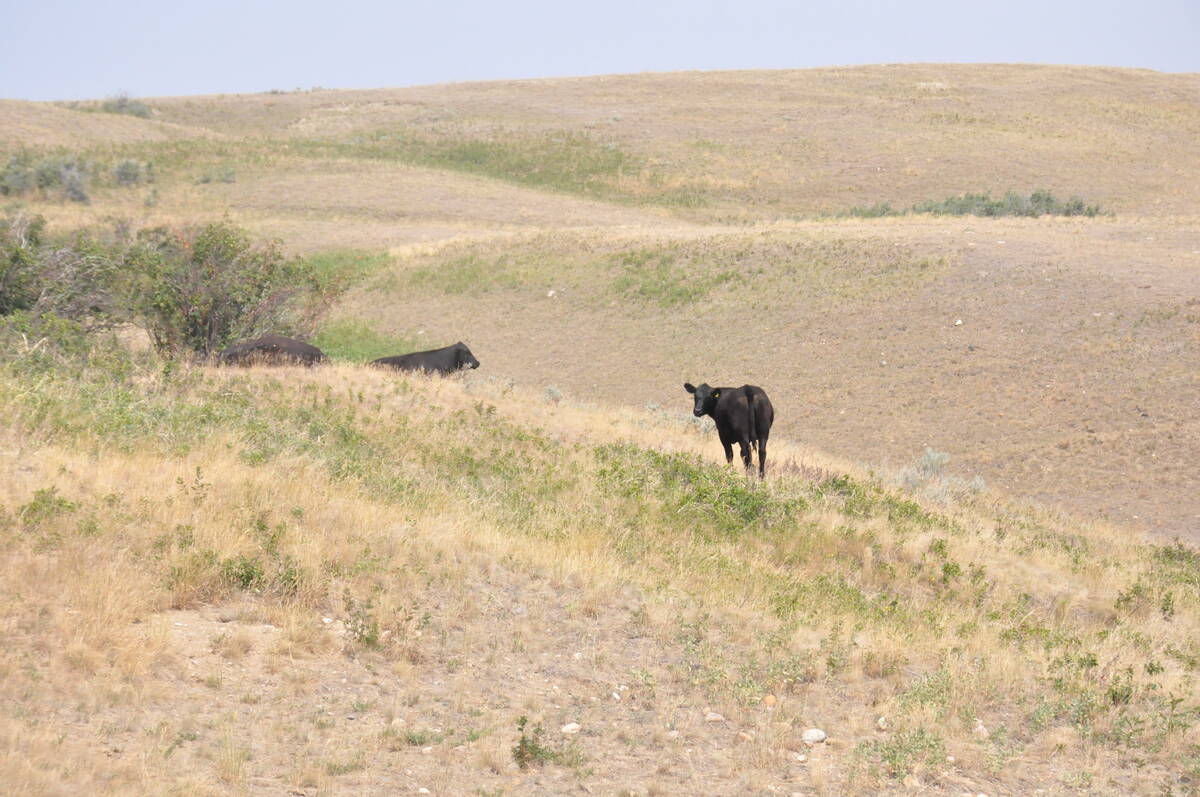ST. JEAN BAPTISTE, Man. – After years away, blackleg has suddenly reappeared as a problem for many prairie canola growers.
In its absence, farmers let their guard down and picked up habits that make them vulnerable to a renaissance of the disease, a Manitoba Agriculture agrologist told farmers at St. Jean Farm Days.
“In the past we’ve gotten away with some things, but just realize you’re setting yourself up for an increase in problems,” said Ingrid Kristjanson.
Read Also

Saskatchewan tests new forage insurance program
Saskatchewan Crop Insurance Corp. tested a new forage insurance program this past summer as it looks for ways to better protect cattle producers.
Blackleg was the second widest spreading disease in Manitoba canola fields last year, which surprised many farmers and crop experts.
“We just basically forgot about it,” said Kristjanson.
For many years, blackleg infections were controlled by the introduction of resistant varieties of canola. The main strains on the Prairies stopped causing major damage to crops and slowly disappeared from farmers’ radar screens.
But since 2002, new virulent strains have appeared on the Prairies, especially in southeastern Manitoba, and farmers’ risky habits have set the stage for a dramatic comeback of blackleg.
“The key control for blackleg for us is variety, but rotation is always going to be the backup,” said Kristjanson.
The Canola Council of Canada is warning farmers that the same tight rotations that are helping canola acreage reach record levels also set the stage for blackleg problems, so farmers need to know how to reduce the risk of outbreaks in their fields.
Canola has been a highly profitable crop for years, easily out-earning wheat and other crops.
That has led farmers to shorten rotations from the recommended three or four years to once every two years.
Farmers also found that particular varieties or management systems worked well on their land and stuck with them.
Both of these habits bring dangers for blackleg infection.
More than one year’s gap between canola crops is key to minimizing blackleg because the disease spores break down over time, Kristjanson said.
Many farmers in the Red River Valley think tillage or stubble burning will do the job, but it doesn’t.
“When you are decreasing the time between canola crops, you’re giving inoculum levels a chance to grow and eventually overcome tolerance or select pathogroups,” said Kristjanson.
High inoculum levels in the soil are dangerous, especially when combined with over-used canola varieties, which allows blackleg strains to develop resistance.
Because of this, farmers should also rotate canola varieties, Kristjanson said.
Blackleg resistance is conferred by combinations of many genes, and different varieties have different combinations.
By rotating varieties, growers can knock back blackleg from a number of genetic directions and ensure that one strain doesn’t overwhelm the crop once resistance develops.















